Streets for People / New Data Makes Duval Street Revitalization More Concrete
About 75 people, attended the April 4 Duval Street Revitalization & Resiliency Project Workshop at the Gato Building on Simonton. Three quarters of the attendees were business owners who were queried in three separate interactive sessions about their opinions on building preservation, green infrastructure and streetscape/operational (think loading zones, trash, vehicles, etc.) issues. The big difference in this workshop versus the January 31 kickoff meeting, was the consultants started sharing a wealth of data they’ve been gathering to provide participants with context for future decisions. And the key data takeaway for me seemed to be the sheer number and prevalence of pedestrians from noonish until late at night.
In a take on an old saying, what’s good for the Duval Street is good for Key West. We’re pleased the Duval Street Revitalization & Resiliency Project is focusing on our main street’s future well-being. Here’s what happened at the workshop.
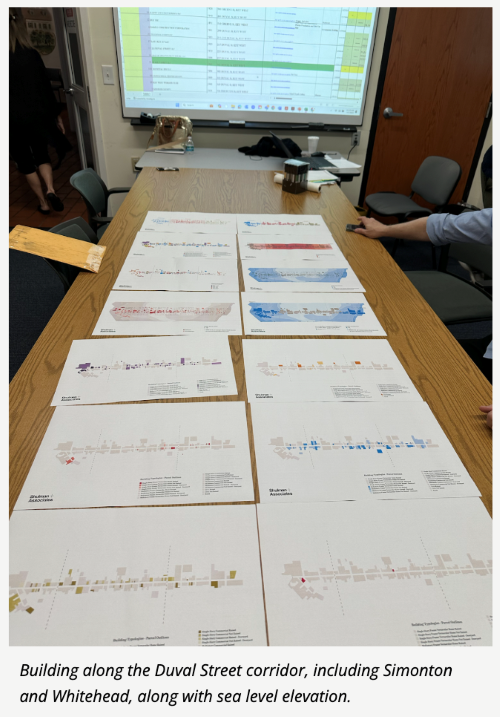
Buildings & Preservation
While an overall goal of the project is to protect and make the corridor’s streets and sidewalks resilient in the face of rising seas and weather events, the team wants to help individual property owners tie into this and protect their buildings as well. Preservation strategies include backflow prevention, dry floodproofing, mechanical systems flood protection, wind mitigation, seepage and waterproofing, flood resistant building materials, utility & life-safety flood projection, wet floodproofing and ADA accessibility features. And doing all of this with the knowledge that we’re operating in one of North America’s most treasured historic districts.
The team in this room had an array of flood maps broken down by block segment and were able to immediately pull up characteristics of the address I was interested in – my employer Red Barn Theatre at 319 Duval Street. The very able consultants walked me through how the property met the street, it’s elevation and discussed the building’s age and type and potential future hardening schemes. And they were able to do this with each business that walked through the door.
Green Infrastructure
In the second room, attendees discussed green infrastructure. The heart of making the street resilient in the face of sea level rise and weather events will require significant reconstruction. On the one hand, the water can be handled via a “greyer” or centralized engineered system that pumps the water away and is more costly but introduces seemingly less change to the street.
A “greener” approach that handles the water more naturally where it falls via trees, bumpouts, bioswales, raingardens, planters, permeable pavements, and absorbent landscaping is less costly and requires less energy but does introduce more change to the way the street looks.

Streetscape and Functional Issues Or People And Traffic
With either approach, replacing and improving the existing underground infrastructure along Duval will require significant streetscape removal and reconstruction. The City and project engineers tell us there are no pre-determined plans for how the street will look after reconstruction. The street could be put back together to look nearly identical to what it looks like today, or it could include some alterations. And that’s what attendees thought through in a series of exercises in room number three.
To undergird discussions with participants the consultants presented a few big data boards. The first, Duval Streets Existing Street Design shared that Duval Street has a fairly constant 50-foot right-of-way – building face to building face – from one end to the other. What changes is how this space is allocated to different uses, depending upon the block.
The next board shared Duval Street vehicle traffic data, saying that the street carries about 5,000 cars a day compared to 37,000 on N. Whitehead, 15,000 at Eaton and White.
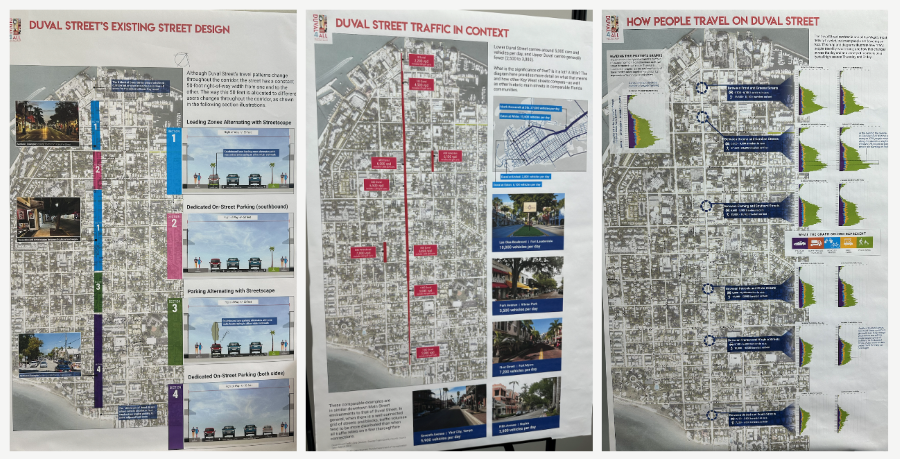
But by far the most interesting board shared how people traveled – whether by car, bike truck, golf car or on foot – on Duval by block segment and by time of day for every 15-minutes. Here’s one example: “In the evening, the Green-to-Caroline block carries as many as 3,700 people moving along the street in a single hour. However, 75 percent of these people are traveling by foot.”
Given this context, participants were asked, in what had to be the most fun and interactive exercise of the day, to design the street they thought should be put back out after construction. While most people didn’t eliminate vehicles, they did provide vehicles less space than there is today, and many considered more restrictions on vehicles in the late afternoons and evenings.
We promise to revisit this particular topic in a future article. Especially as people on foot represent about 75 percent of the traffic but are relegated to less than 25% of the available space. Fodder for another day…
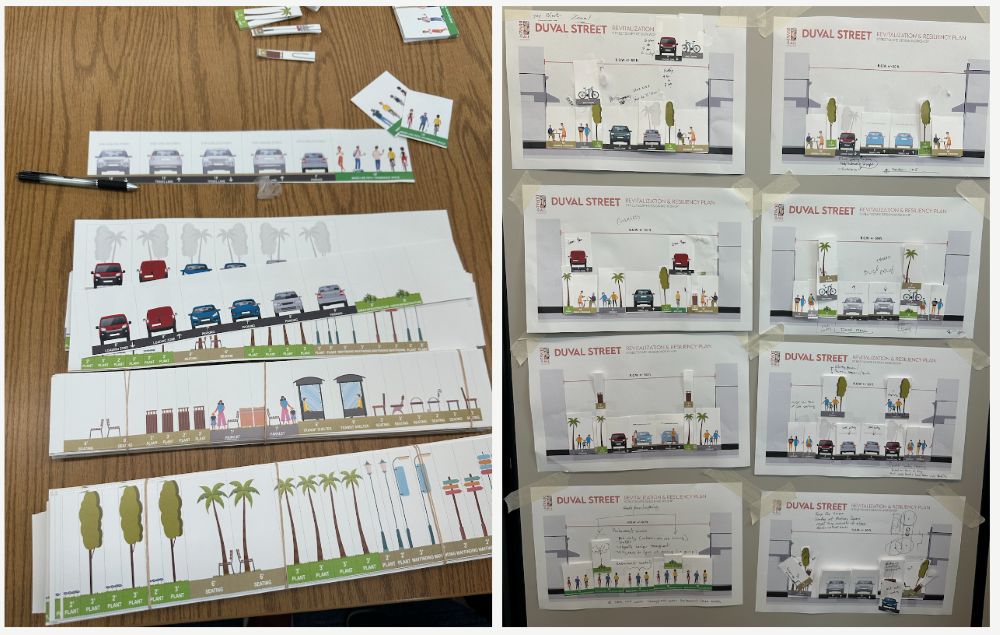
Leveraging Resiliency Construction Dollars for Revitalizing Duval
We asked Jared Beck, the Stantec Project Manager what he thought after the event and here’s what he had to say:
“I am very pleased with the feedback gained from the workshop. We recognize nobody knows Duval Street better than those who interact with it day in and day out. Our goal of the workshop was to hear firsthand and better understand the nuances impacting businesses, property owners, and residents, and that’s exactly what we got. This will all be used as we have further discussions with business and property owners along Duval Street, and then develop preliminary concept plans for presentation and community review.”
We’ll repeat what we said at the top. What’s good for Duval Street is good for Key West and that’s why this project is so important. Money spent hardening Duval Street and the infrastructure below and around it to meet future challenges with sea level rise and weather events is the perfect time to address any enhancements to the street above, as these are pennies on the dollar when doing such big construction work. Our beloved little historic district’s main street will be all the better for our community participating thoughtfully and making the Duval Street Revitalization and Resiliency Project a success.
# # #
More Information and Duval Street Revitalization Project History
For more information on the current planning effort visit https://duval4all.com/. If you want to dive into the background and history of this project, here’s 10 stories we’ve done on it over the last five years:
- Project Seeks To Make Duval Street Resilient in Face of Sea Level Rise, February 4, 2024
- Progress on Five Historic District Projects Means More Life, Locals, Prosperity, and Resiliency for Our Downtown , October 21, 2022
- Mallory Sq., Diesel Plant, Duval Street and Bahama Village Housing Projects Create Synergy to Bolster Downtown, January 14, 2022
- Duval Street Revitalization Back on Track, October 1, 2021
- With the Duval Street Revitalization Plan Way Behind Schedule, Here’s 3 Quick Wins for Pedestrianizing Duval Street Now, July 16, 2021
- Do Key West Commercial Areas Need Business Improvement Districts (BIDS)? – Part 2: What BIDS in Key West Might Look Like, April 23, 2021
- Eight Things We Can Do to Pedestrianize Duval and Still Allow Cars, March 6, 2021
- The Wee Donkey, Whataboutism, Bathwater and Duval Street’s Future, February 19, 2021
- Duval Street Revitalization Moves Forward, June 10, 2020
- Duval Street Revitalization Help Sought Via RFQ, December 10, 2020
- Duval Street Revitalization Project Brings Hope to Downtown, December 28, 2020
Chris Hamilton is founder of the local advocacy group Friends of Car-Free Key West & Duval Street/Historic Downtown. Subscribe to the blog. Follow on Facebook and Twitter. Support ($) our local journalism here. A native of the District of Columbia, where for a couple decades+ he led nationally renowned efforts promoting transit, bike, walk and smart growth for Arlington County, VA’s DOT. Chris has lived in Key West since 2015. He lives car-free downtown and works and volunteers for a few non-profits. You can find three years’ worth of KONK Life Streets for People column articles here and here.
[livemarket market_name="KONK Life LiveMarket" limit=3 category=“” show_signup=0 show_more=0]
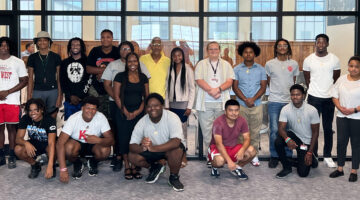
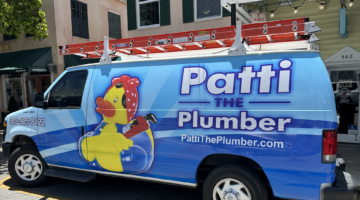
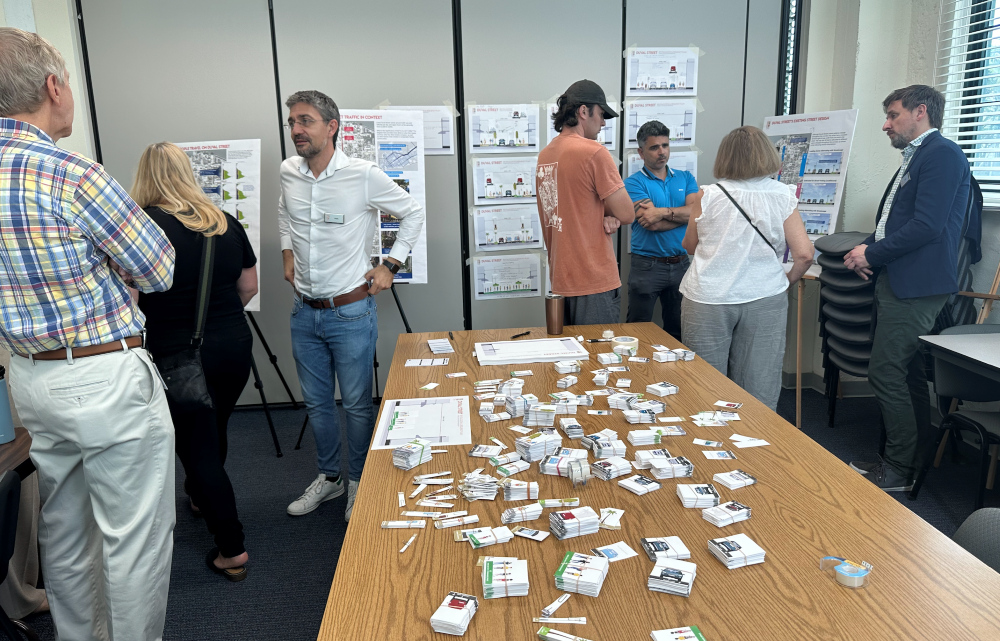

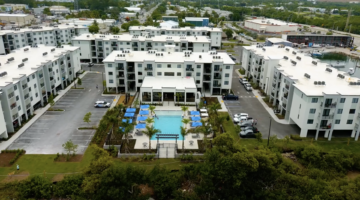
No Comment